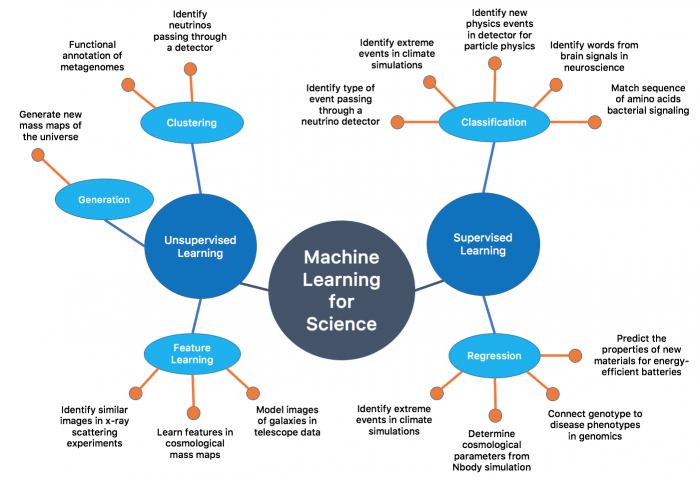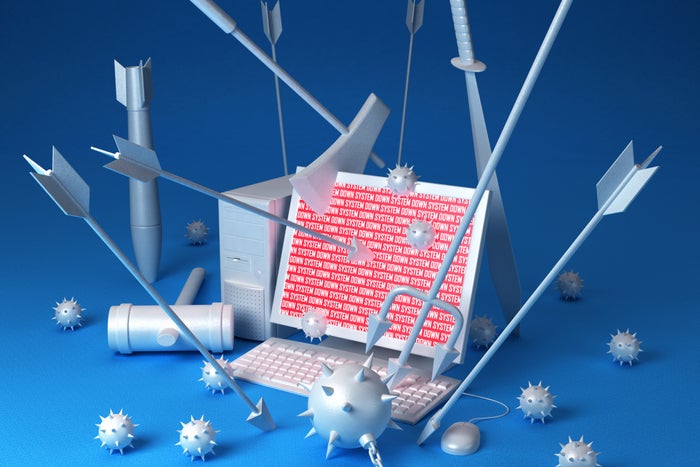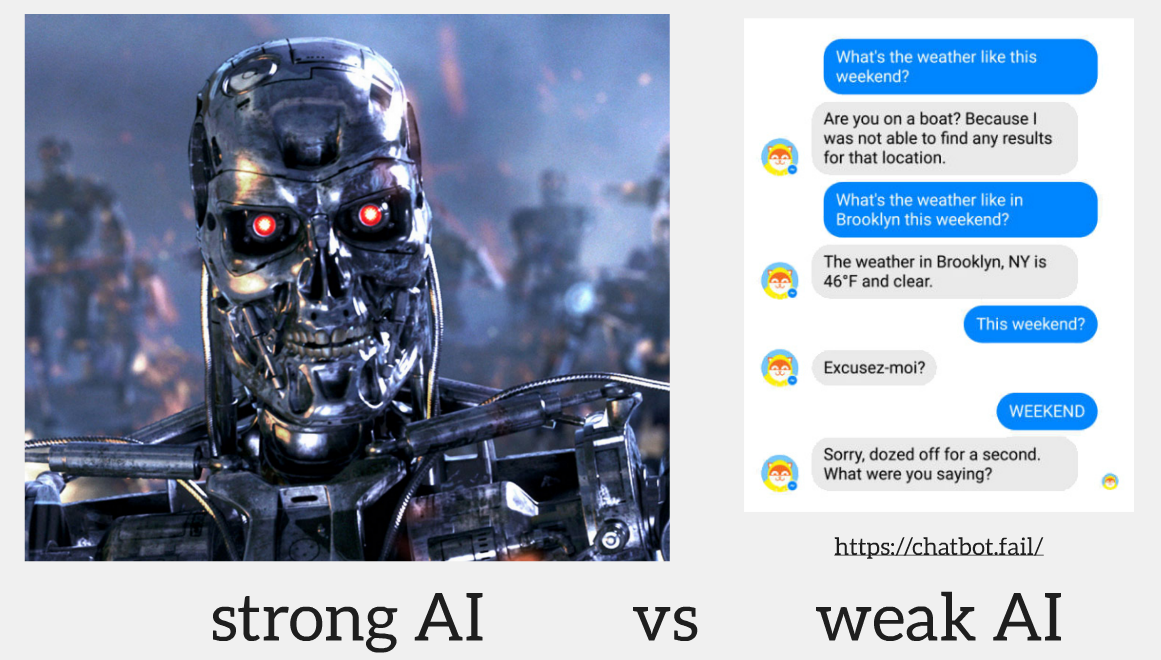Today, most progress in the field of artificial intelligence is completed by the leading companies of the tech-industry. While it is not impossible, it is unlikely that a single person or smaller organization would be capable of producing systems that could compete with larger companies. Even though it may be difficult to further develop these technologies, anyone can use them to some degree. Ranging from Microsoft to Amazon, all the largest tech-companies produce AI based resources for the population to utilize.

Penn State AI – Photo Credit
Even here at Penn State, these AI resources are being used to some degree. To my knowledge, there are no organizations seeking to develop their own AI based systems, but there are a couple groups that are learning to use and building on preexisting technologies. DevPSU and Nittany AI are the only two Penn State groups that I am aware of. Instead of attempting to create systems similar to those developed by the tech-giants, they use the resources of these larger organizations to develop their own applications.

DevPSU – Photo Credit
When comparing the two Penn State organizations, it quickly becomes apparent that DevPSU is more beginner friendly. Thanks to their AI-focused learning program, people with little to no coding experience can learn about AI. The program is broken up into weekly installments that last nearly the entire semester. The first few weeks defined artificial intelligence and outlined its many potentials. This involved exploring its history as well as looking into where the field is going.
Coming with the educational sessions are several AI-related assignments. These assignments are extremely well-documented and serve as tutorials to using different AI resources, such as Microsoft’s facial recognition system and Amazon’s chatbot framework. Upon completing the learning program, students are then able to participate in DevPSU’s largescale development program, referred to as just DevPSU. The program creates small groups of students and tasks them with projects. Some of them are brought in from companies, some are Penn State oriented, and a few are AI- related. During the course of this program, the teams work together to develop their own project, often using existing frameworks and tools.
Nittany AI Challenge – Photo Credit
A couple of the AI-based DevPSU teams are actually taking part in the other AI-focused group, Nittany AI. This group is less of an organization and more of a gigantic competition. Nittany AI is an artificial intelligence competition with the focus of creating a project that will help Penn State in some manner. The competition begins with Penn State students forming small groups and submitting a proposal of a possible idea and development plan for a project that would better Penn State. If accepted, the groups would develop their projects. Additionally, the program has several stages, where a number of groups are eliminated, and the successful groups are awarded stipends. The program then culminates with the top 2 or 3 groups getting 30,000 dollars to further their work. These top projects are then often used by the university.
While the two Penn State organization that deal with AI are not completing cutting-edge research, they are still creating meaningful projects. Penn State and its students are making a difference in their own community as well as the field as a whole. Even though it might be difficult for them to develop new AI resources, they are doing what they can. They are creating systems that can use preexisting technologies in a meaningful way.
















/cdn.vox-cdn.com/uploads/chorus_image/image/56882573/terminator_endoskeleton_1020.0.jpg)

